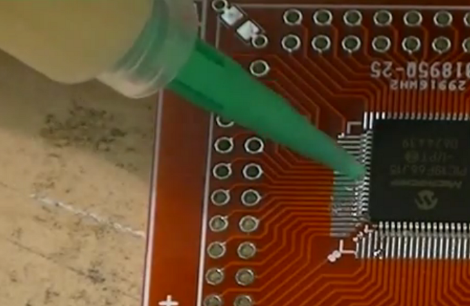
Hackaday alum and owner of Dangerous Prototypes [Ian Lesnet] recently wrote an editorial piece calling out Microchip on some of their less than friendly attitudes towards open source.
[Ian] and his company use PIC microcontrollers extensively in their projects, and they have quite a high opinion of their products overall. The gripe that he has (and thinks you should have too) is regarding Microchip’s approach to open source.
You see, Microchip invested in the Arduino IDE and released the chipKIT, a 32-bit Arduino compatible development board, along with big promises of “playing nice” with the open source community. The problem, according to [Ian], is that while Microchip’s compilers are based on GCC, they “keep some special sauce locked up”, which means that certain parts of the chipKIT toolchain are not open. Many in the community, including [Ian] had high hopes for the chipKIT based on the successes seen by Atmel’s open source initiatives, but many things are still locked up behind closed licenses.
An example of this unfriendly attitude towards open source can be seen in Digilent’s recently released network shield. It supports Ethernet and USB features of the chipKIT MEGA, but the TCP/IP and USB stacks are completely closed source. Digilent pushed hard to get the ability to release open drivers for the board, but it was a battle they ultimately lost. This behavior creates roadblocks for seasoned developers of open source products such as Dangerous Prototypes, as well as the curious beginner, which is why [Ian] is making a point in bringing these issues to light.
[Ian] urges Microchip to give something significant back to the community they are tapping, a result which can only be achieved by speaking up. Be sure to check out his editorial, and if after reading it you have any interest in letting your voice be heard, drop Microchip a line and let them know that their one-way relationship with the open source community is something you would like see change.















